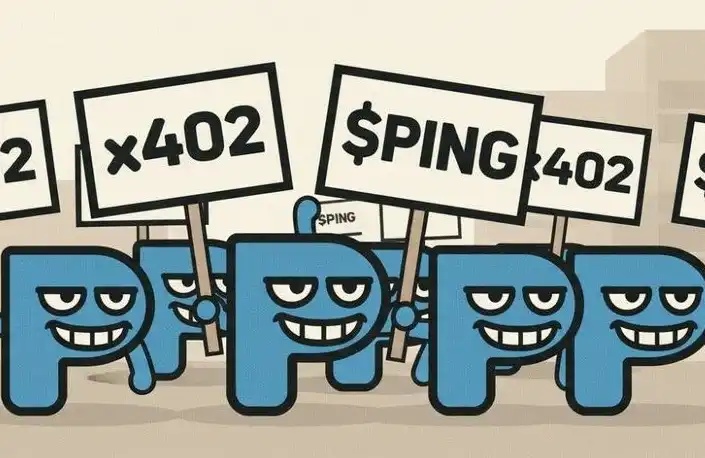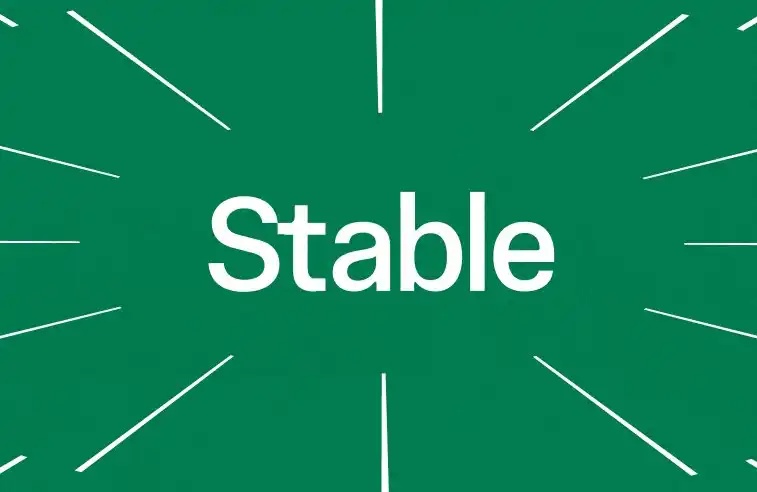An overview of Restaking track ecological projects
Even if Ethereum still faces challenges from other public chains and threats from DA platforms to its mainnet in 2024, it remains the most innovative and popular crypto platform among developers. If Bitcoin's spot ETF is approved, smart money in the market will vote with their feet to select the next potential stock for the spot ETF, and Restaking is a rising star in the Ethereum ecosystem.

Although one of the protagonists of this article, EigenLayer, also poses a threat to the L2 DA of the Ethereum mainnet. But protocols born and raised on Ethereum will undoubtedly still bring some help to Ethereum - even directly giving birth to a new narrative, Restaking, through a single protocol.
At the same time, the market is also optimistic about this narrative. As of the time of writing, according to the data on the official website, there are 634,000 Ethereum staked on EigenLayer, worth over 1 billion US dollars, with TVL surpassing many mainstream public chains.

Regarding EigenLayer, this article references "A Quick Look at Restaking Leader: EigenLayer's Business Logic and Valuation Deduction" from Mint Ventures for introduction:
EigenLayer, as a platform, on the one hand, raises funds from holders of LSD (Liquid Staking Derivatives) assets, and on the other hand, uses the raised LSD assets as collateral to provide convenient and low-cost AVS (Actively Validated Services) to middleware, sidechains, and Rollups with AVS demand. EigenLayer provides demand matching services between LSD providers and AVS demanders, and specialized staking service providers are responsible for the security of specific staking.
Just like Brc20 compared to Bitcoin's ecosystem and new platform. To some extent, in the era of one-click chain issuance, DA has become the "wealth code" for project parties' second entrepreneurship. Currently, besides the Ethereum mainnet, Celestia is the most adopted and sought-after by developers. According to the introduction, EigenLayer's highly anticipated DA service, EigenDA, is also supported by Restaking, providing low-cost and large-scale data services for L2. The market generally believes that there will be significant competition between EigenDA and Celestia.
Just like yearn, Convex, and StakeDAO opened the Curve War; Lido and Rocket Protocol opened the Ethereum LSD game, facing the nesting behavior of Restaking, and adding up to over 1 billion dollars in assets and a new narrative, the Ethereum community's specialty can come into play - nesting within nesting. Previously, EigenLayer started the LST War, and various Ethereum liquidity staking protocols rushed to join EigenLayer's Liquid Restaking pool. It can be foreseen that in the near future, a new round of war around the EigenLayer token will continue.
Currently, the EigenLayer hard cap has reached its limit. It is recommended that users carefully check the rights obtained in their accounts when participating in the Restaking protocol. This article collects various Restaking projects as much as possible. Given that EigenLayer is still in the development stage, the quality of projects varies, and there is no technical barrier to Restaking behavior. At the same time, there is overlap between LSDfi and Restaking, and users need to discern the projects on their own.
Kelp DAO
The founder of Kelp Dao is Amitej G and Dheeraj B, who previously founded Stader Labs, a multi-chain liquidity staking platform. Kelp DAO is based on EigenLayer and built on rsETH to provide a Liquid Restaked Token (LRT) solution.
The working principle of rsETH (also the core working principle of most Restaking projects) is:
1. Stake LST (i.e. stETH and other liquidity staking tokens) and mint rsETH tokens;
2.rsETH contract will distribute the deposited LST to the node operators collaborating with Kelp Dao;
3.reETH will receive various rewards for participating in the protocol, such as the LST protocol itself and the Restaking protocol in which it participates.

Meanwhile, rsETH holders can exchange their rsETH for other supported tokens through AMM, or choose to redeem underlying assets through the rsETH contract. Finally, the most interesting and common point is that rsETH holders can further leverage their rsETH tokens in DeFi.
If you think the logic of Kelp DAO is too simple and not sexy enough. Kelp DAO has two other features. First, users who stake Kelp can earn Kelp points, which means Kelp is likely to release its own token. Second, the Kelp team has also staked its Ethereum in EigenLayer and distributed points to community members. This means that even if the same amount of Ethereum is staked, Ethereum staked through Kelp will receive a small portion of EigenLayer points and Kelp DAO points.
This also explains why deposits made through Kelp account for more than 10% of all deposits in EigenLayer.
Swell
Swell was originally an Ethereum staking protocol similar to Lido, but is gradually moving towards Restaking. By combining token distribution with Restaking, its derivative LST token swETH is the third largest TVL token on EigenLayer after stETH (Lido) and ETH, with over 110,000 tokens staked. The Restake version of swETH is called rswETH, which focuses on Restaking and has established a Liquid Restaking Committee with projects such as AltLayer and InfStones joining.
The Swell protocol currently has over 140,000 Ethereum.
ether.fi
ether.fi is also a project that has transitioned from the LSD protocol to Restaking. However, unlike Swell, ether.fi now focuses on the development of eETH - a token that directly stakes Ethereum to EigenLayer, without accepting other LSD tokens.
According to the official statement from ether.fi, because eETH itself is restaked using EigenLayer, this means that the platform's ETH staking does not have a hard cap. The eETH obtained from staking can receive ETH staking rewards, ether.fi points, and EigenLayer points.

As of the time of writing, the ether.fi platform has over 47,000 Ethereum tokens.
Restake Finance
According to official introduction, Restake Finance is the first protocol to launch modular liquidity staking for EigenLayer.
Restake's rstETH is a decentralized 1:1 stETH anchored rebase token. As a yield token, rstETH is re-collateralized against the holder's stETH through EigenLayer. Modular infrastructure allows holders to choose specific modules (AVS) from which they want to earn rewards. Currently, Restake Finance has 2073 rstETH tokens.

It is worth noting that Restake Finance is one of the few projects that has already released its token. Previously, Restake Finance conducted an LBP IDO through Fjord Foundry, during which the lowest price of RSTK token was about $0.21 and the highest price was $0.55. As of writing, the price of RSTK is $1.79.

Restake Finance's LBP data
RenzoProtocol
According to official information, Renzo is the LRT and strategy management platform of EigenLayer. As one of the entry points of the EigenLayer ecosystem, it is used for the security of AVS (Actively Validated Services) and provides higher returns than ETH staking.
Welcome to join the official BlockBeats community:
Telegram Subscription Group: https://t.me/theblockbeats
Telegram Discussion Group: https://t.me/BlockBeats_App
Official Twitter Account: https://twitter.com/BlockBeatsAsia


 Forum
Forum Finance
Finance
 Specials
Specials
 On-chain Eco
On-chain Eco
 Entry
Entry
 Podcasts
Podcasts
 Activities
Activities
 OPRR
OPRR








